Researchers from the University of New Mexico recently discovered microplastics and nanoplastics in the testicles of all dog and human subjects in a study involving 70 participants.
This finding adds to the growing evidence that microscopic plastic particles have infiltrated the human body through polluted food, water, and air.
Microplastics Enter Water Sources
Freepik
Microplastics, defined as plastic pieces less than 5 millimeters in length, originate from the breakdown of consumer products like single-use bottles, food packages, and plastic pellets, which are used to manufacture various items including packaging, auto parts, and toys.
The World Health Organization explains that when plastic items are disposed of in oceans and landfills, microplastics enter human water sources through polluted runoff into lakes, rivers, and estuaries.
Contaminated Crops Passes Microplastics Onto Humans

Additionally, Princeton researchers found that microplastics are released into the atmosphere when bubbles containing plastics burst at the ocean’s surface.
People also ingest microplastics directly through food. Chinese scientists discovered that thousands of tons of microplastics have contaminated farmland and have been absorbed by crops.
Plastics Found In Fish
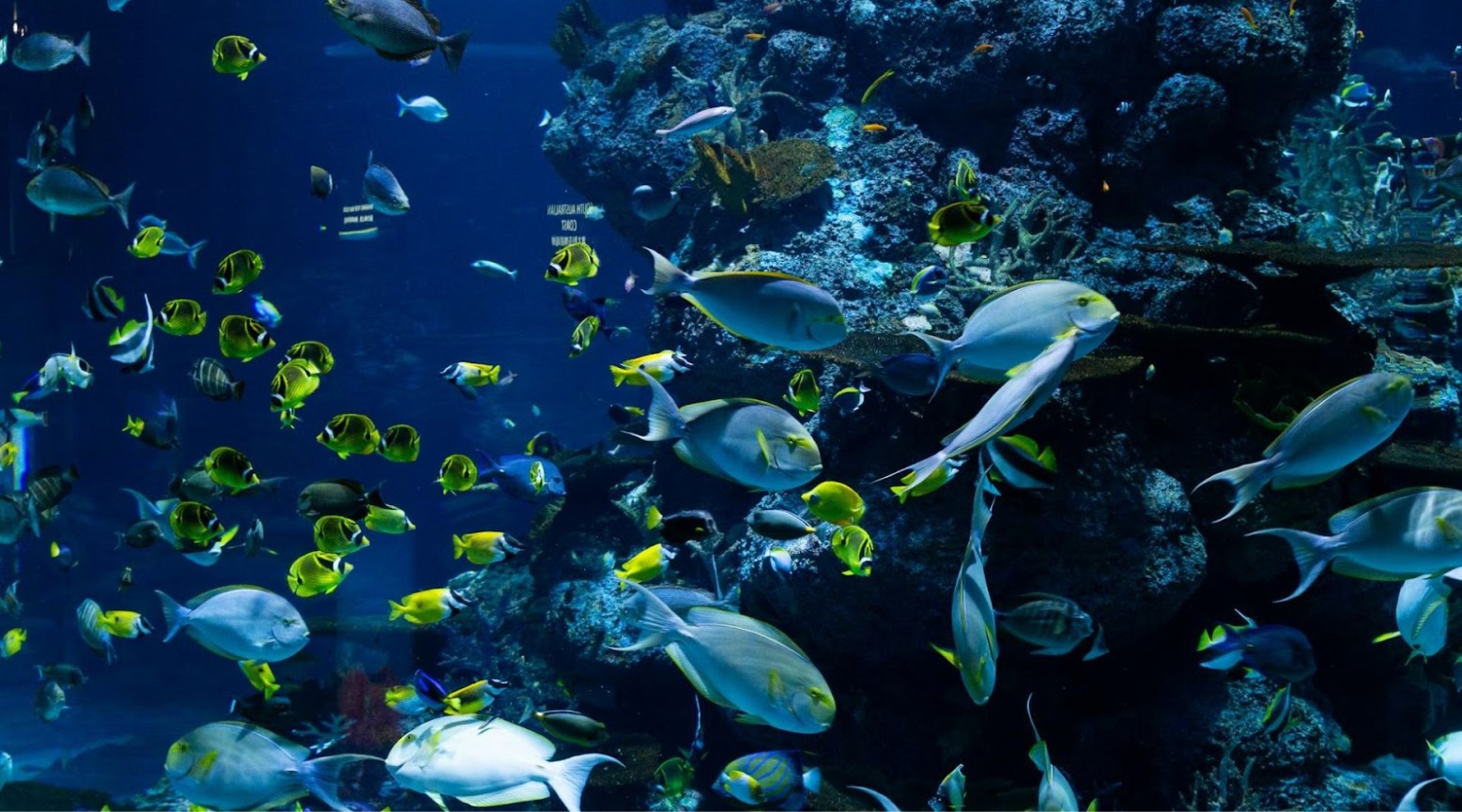
Italian researchers found plastics in fish intended for human consumption, and a study in the Journal of Hazardous Materials indicated that containers, especially those exposed to high temperatures, can leach microplastics into their contents.
A World Wildlife Fund study suggested that the average person ingests about 5 grams of plastic per week—the equivalent weight of a credit card.
Humans Consume 50,000 Microplastics A Year
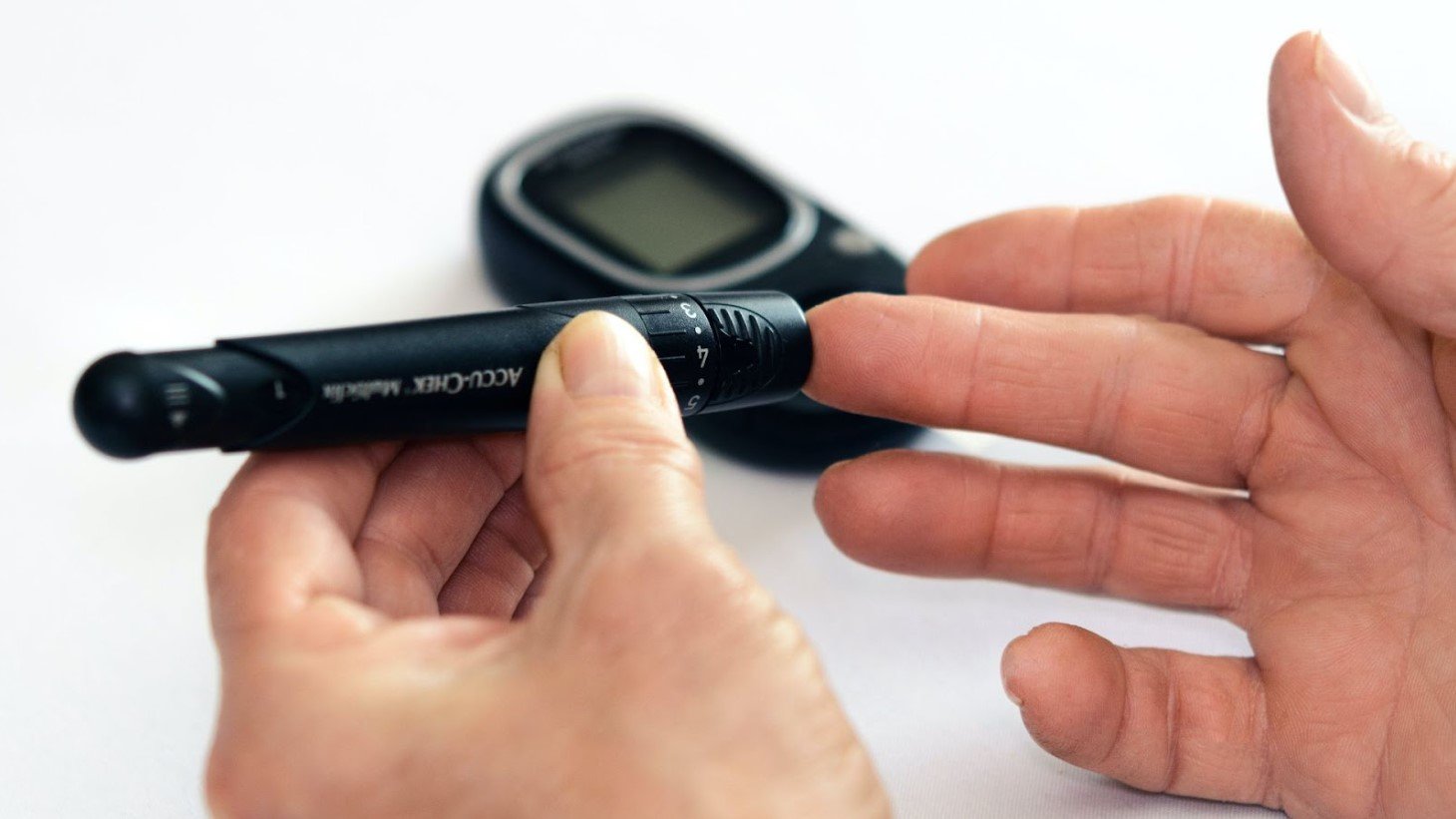
Other research indicates that people consume at least 50,000 microplastic particles annually, a number likely higher for those with diets rich in ultra-processed foods, as reported by The Guardian.
In 2022, researchers in the Netherlands detected microplastics in human blood for the first time, finding particles in nearly 80% of test subjects.
Serious Long-Term Health Concerns

Freepik
Chinese scientists later found them in the hearts of cardiac surgery patients, and a study published on May 15 revealed their presence in the male reproductive system.
The long-term health impacts of microplastics remain largely unknown, but numerous studies have linked them to lung inflammation, a higher risk of lung cancer, metabolic disorders, neurotoxicity, endocrine disruption, weight gain, insulin resistance, and reduced reproductive health.
Possible Cause Of Decline In Male Fertility

The recent study that detected particles in the testicles of humans and dogs surprised researchers.
John Yu, the study’s lead author, told NPR he didn’t expect such prevalence of plastics in the male reproductive system and suggested a possible connection to the global decline in male fertility, particularly sperm count.
“Wake-Up Call For Policymakers”
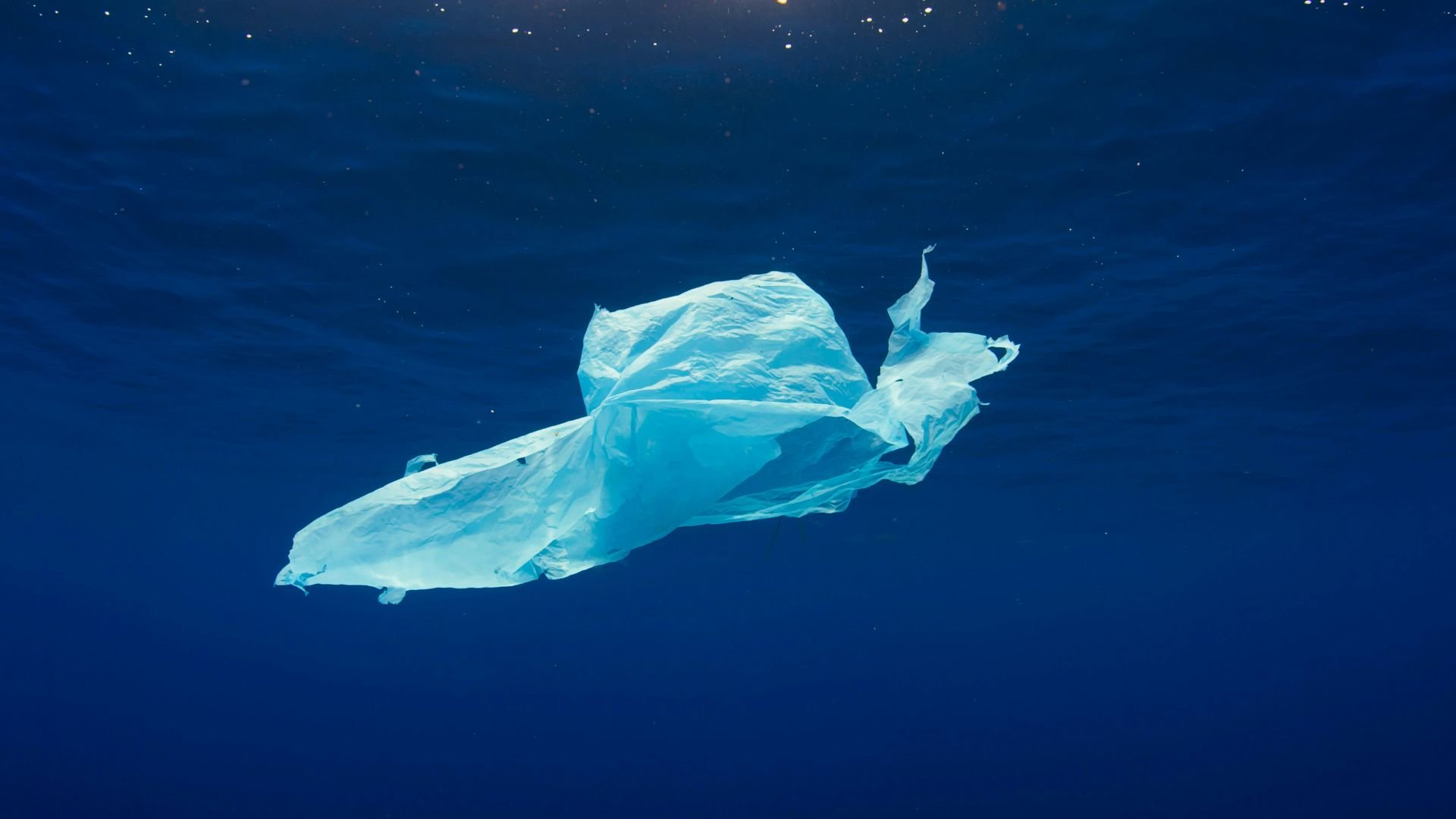
Tracey Woodruff, director of the Environmental Research and Translation for Health Center, described the findings as “a wake-up call for policymakers.”
The first study on plastic debris in the ocean was published in 1972, revealing small plastic particles in the middle of the Atlantic, as noted by Oceanography magazine.
Great Pacific Garbage Patch
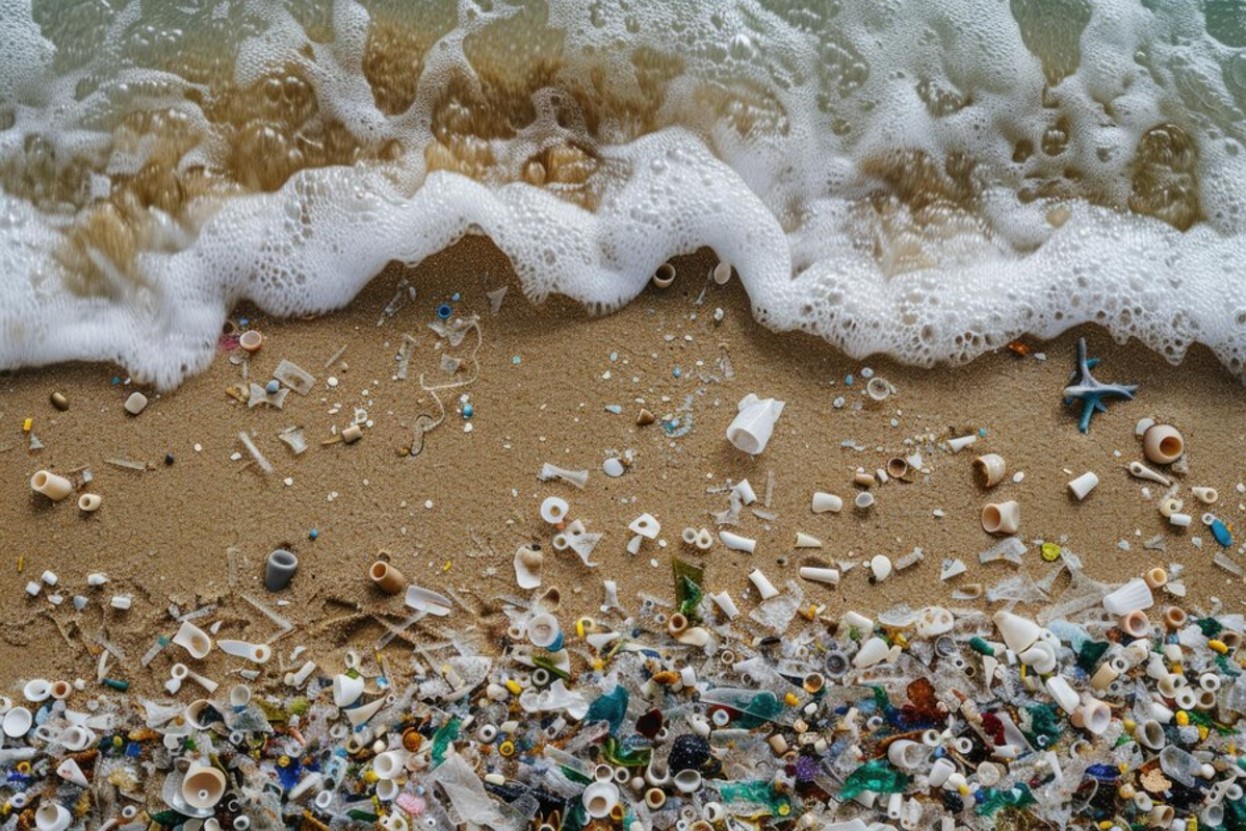
Research on plastic debris accelerated following the 1996 discovery of the “Great Pacific Garbage Patch,” the largest accumulation of plastic in the open ocean.
Over the past 20 years, increasing discoveries and public awareness campaigns have highlighted the issue of ocean pollution.
Scientists Focused On Source
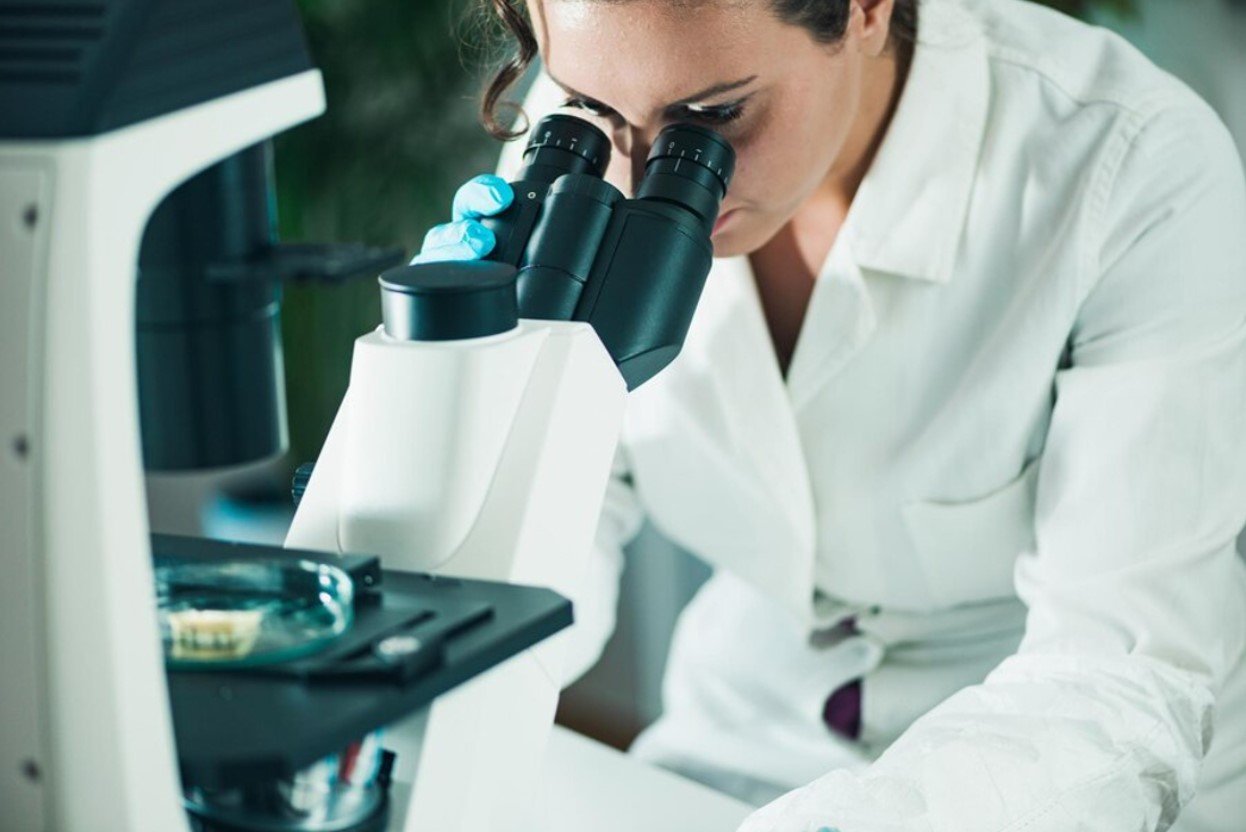
In 2012, researchers identified that most plastic pollution consisted of tiny, often invisible microplastics.
Since then, scientists have focused on the sources, travel paths, infiltration into living organisms, and impacts on ecosystems of microplastics, according to Oceanography.
Microplastic Contamination Everywhere
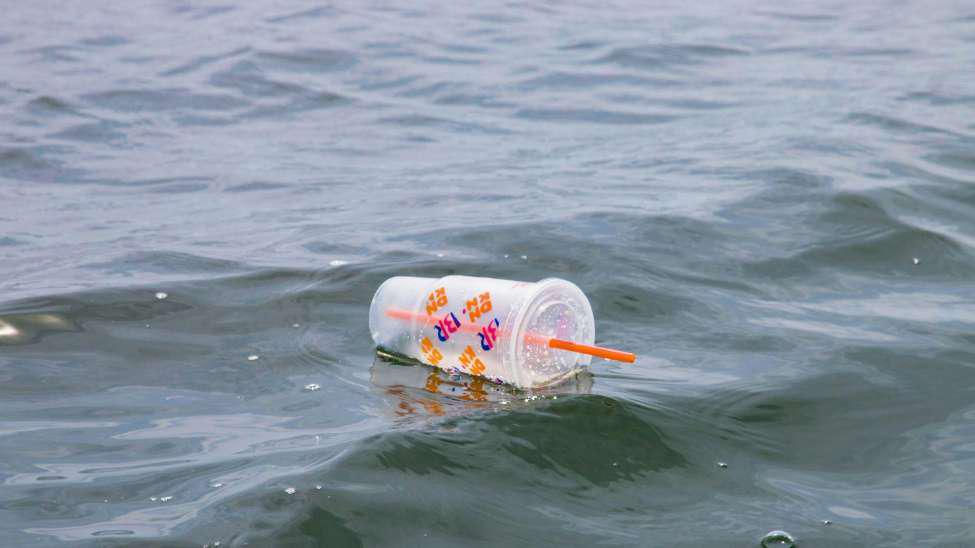
“Our work has so clearly shown that microplastics are present in every sample of beach sand, whether it’s in Australia, Asia, Europe, North or South America,” wrote Richard Thompson, professor of Marine Biology and Director of the University’s Marine Institute.
“We’ve looked in the deep sea, in Arctic ice, in the gut of hundreds of fish from the English Channel, and we’ve found microplastic contamination everywhere.”
Petrochemical Companies Receives Blame

Freepik
The United Nations reports that 400 million tons of plastic waste are produced annually. A 2020 study cited by CNBC blames petrochemical companies for the majority of single-use plastic waste.
More than half of the world’s single-use plastic waste comes from just 20 petrochemical companies, with ExxonMobil being the largest contributor. Ninety percent of single-use plastic is produced by a mere 100 companies.








































